How much do you think you know (or don’t know) about Morocco? Find out with these 77 interesting facts about Morocco!
At over 172,000 square miles, Morocco is only slightly larger than the state of California. The Moroccan environment is just as varied as that of California, too, with deserts, mountains, lush forests, and beautiful coastlines.
Elevation extremes in Morocco cover a wide range. The highest spot in the country is Jebel Toubkal at 13,665 feet above sea level. The lowest point is Sebkha Tah which is 180 feet below sea level.
The population of Morocco continues to grow. This is due in part to better health care, improved food resources, and better sanitation practices. The population increased from less than 6 million in 1921 to 32 million in 2011.
The early inhabitants of what was to become Morocco were immigrants trying to escape the Saharan area as it was drying up and turning to desert. They fled to the Atlas Mountains and later to the coastal regions. Other migrants from the region joined them and created the roots of the Amazigh (Berber) culture.
Nearly 45% of Morocco’s workforce is employed in the agricultural sector. Unfortunately, only about 19% of the country’s land is farmable. This is due to droughts which occur about once every three years.
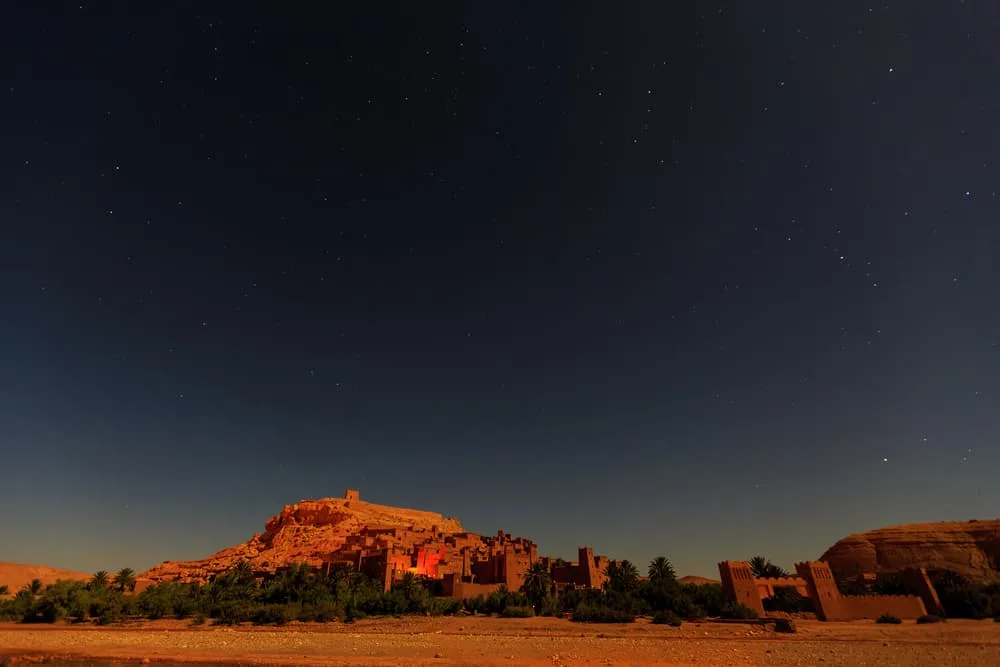
Spurred by more and more common drought years, Morocco has begun developing a new system of irrigation. This system will provide a reliable water source to over 2.5 million acres, increasing the agricultural output.
One of Morocco’s most important natural resources is its forests. The country is able to meet all of its timber needs and cork and paper pulp are exported to other countries.
Morocco’s other natural resources include phosphates used in plant fertilizers and chemical compounds. Two-thirds of the world’s phosphates are in Morocco.

Islam plays a major role in Morocco’s political, social, and spiritual life. Muslims make up almost 99% of Morocco’s population.
Children in Morocco are required to attend government-operated primary schools from the age of 7 through age 13.
Born in Morocco in 1100, Sharif Mohammad al-Idrissi traveled extensively in North Africa, Spain, and the Middle East starting when he was in his teens. As he traveled, he gathered geographic information from the areas he visited. He used that information to become a map-maker of some fame. He corrected and added to many existing Arab, Greek, and Roman maps.
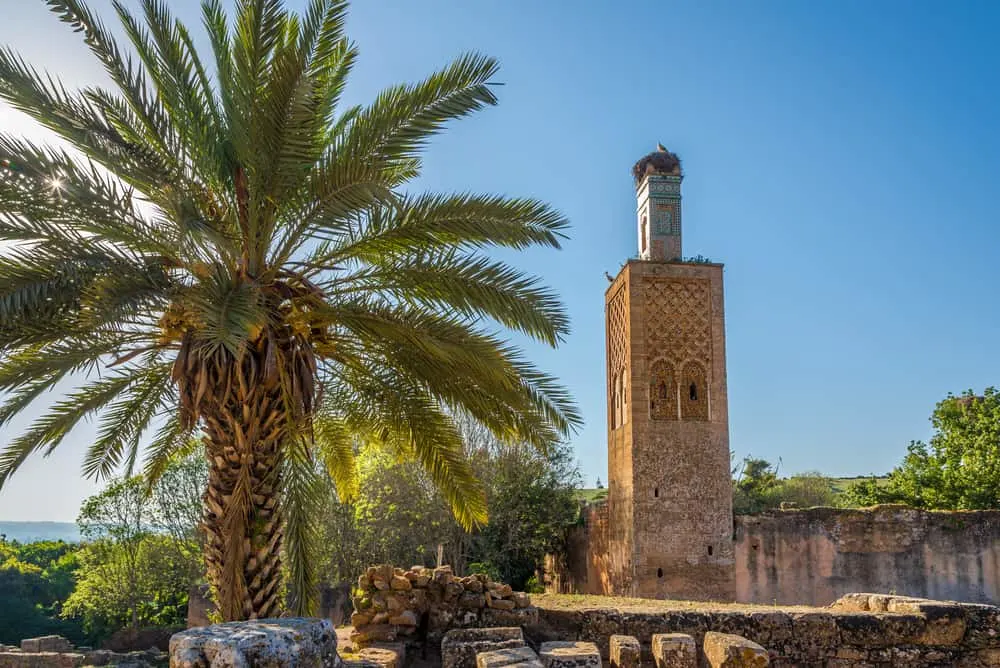
Morocco was the first country to recognize the United States of America as an independent nation.
Although Morocco became an independent country in 1956, its first constitution wasn’t written until 1962.
Morocco’s government is described as a Parliamentary Constitutional Monarchy. This means the King is head of state, and a Prime Minister is head of the actual government.
The Moroccan King is the only monarch in a Muslim country who is both the national religious leader and head of its government.
The flag of Morocco consists of a solid red background with a five-pointed star. This star is called the Seal of Sulayman.
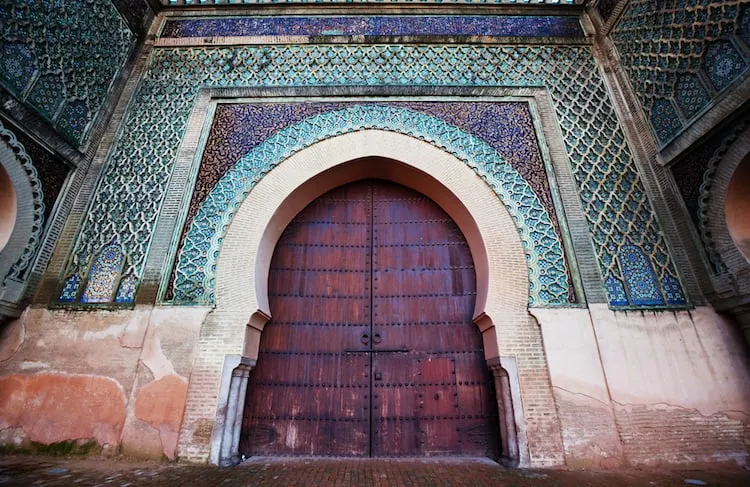
On November 12, 1956, Morocco officially joined the United Nations.
The legal system in Morocco is based on Islamic law as well as the Spanish and French civil laws.
Technology is moving ahead by leaps and bounds in Morocco with cell phones being the most popular method of accessing the Internet. In fact, while there are nearly 33 million people in Morocco, there are 44 million active cell phones.
In 2015, the Noor 1 Project went online in the city of Ouarzazate. This project is a complex of four mega solar plants linked together. It is as large as the entire city of Rabat and tracks the sun as it moves across the sky. The project can generate 580 megawatts of electricity.
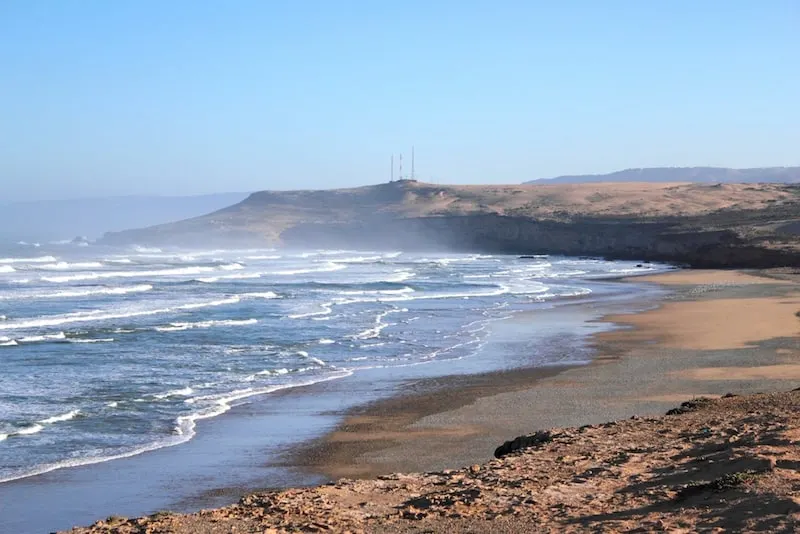
Morocco has always attracted tourists, with its beaches, desert oases, towering mountains, and ancient cities. Now, to take advantage of all the country has to offer, Morocco has developed Plan Azure. It designated six coastal areas as tourist zones. Each zone has its own theme, such as sports, culture, and eco-tourism. As one of the top places around the world to see with your kids, Morocco’s diverse attractions ensure that families can enjoy a mix of adventure, education, and relaxation, making it an ideal destination for creating unforgettable memories together.
Morocco’s focus on building its tourism industry has been very successful. In 2013, more than 10 million tourists enjoyed all that Morocco has to offer.
One of Morocco’s most stunning features, the Atlas Mountains serve to collect and store rainwater and snowmelt, supplying the verdant valleys below.
As certain areas in the world are deemed to be sustainable and eco-friendly, they are awarded a “Blue Flag” rating. By 2015, 23 Moroccan beaches had achieved this rating for their water quality, wastewater management, and environmental education.
Africa’s largest wind farm is located in Southwestern Morocco, along the Atlantic coast. It began generating power in 2014 and is part of the plan for the country to generate 45% of its energy needs with renewable sources by 2020.
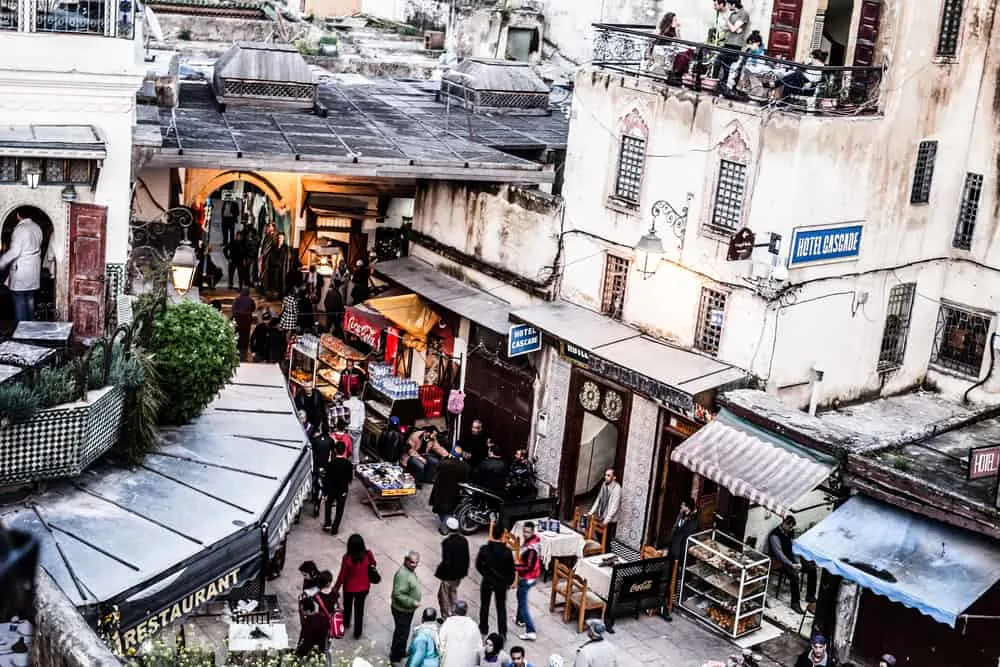
The Moroccan population has only recently switched from being primarily rural to being primarily urban. The latest census shows that 58% of Moroccans now live in cities and towns.
Although many roads in Morocco are little more than dirt tracks, their network of improved roads is growing annually. In 2015 there were 1,118 miles of actual highways, with another 600 miles under construction.
Recognized as the oldest existing educational institution in the world, Morocco’s University of Al-Karaouine is known Islamic studies and theology. It was founded in 859 CE.
For those who are able to complete primary school and high school, there are around 40 colleges and universities in Morocco.
Morocco has several official languages; Moroccan Arabic (Darija), Modern Standard Berber and French are the dominant languages. There are however several more living languages spoken in Morocco. These include Spanish, Berber languages and English.

Morocco has been represented in every Olympics, both winter and summer, since 1960. Moroccan athletes have won medals in track and field, boxing, marathons, and sprints.
Moroccans are interested in a wide range of sports and have begun capitalizing on this fact by offering tourists vacation opportunities featuring golf, hunting, horseback riding, water sports, shooting, fishing, and a variety of adventure vacations.
Moroccans have the option of celebrating three separate new years. January 1st if following the Gregorian calendar, Yennayer, which is the Amazigh new year, or Fatih Muharram, the Islamic New year.
The capital of Morocco is Rabat. It is one of the largest cities in the country with a population of approximately 1.7 million people.
Because of its geographic location, Morocco has become a collection of many different cultures. Emigrants from south of the Sahara, the far east, Spain, and France, as well as other European countries have all added their unique touches to Moroccan culture.
Although the bulk of Spain lies across the Straits of Gibraltar from Morocco, there are two Spanish territories located on the northern coast of Morocco; Ceuta and Melilla.
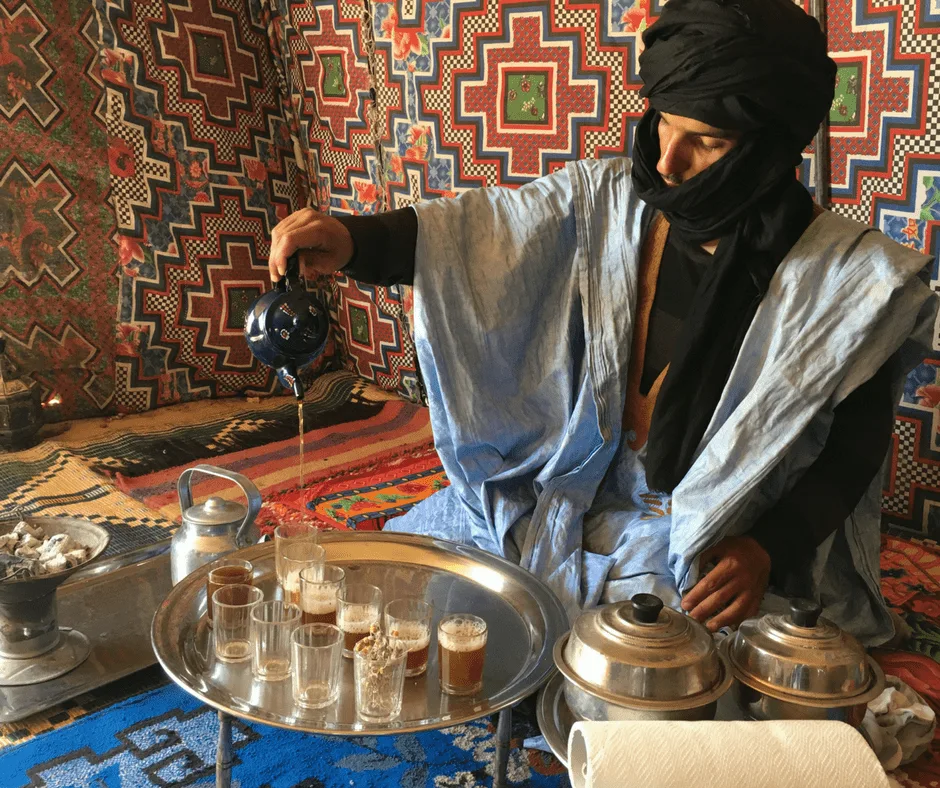
Earthquakes are not that common in Morocco, but they do happen. In 1960 an earthquake in the city of Agadir killed more than 12,000 people. Over 500 people died in an earthquake in Al Hoceima in 2004.
In an effort to combat the ever-encroaching Sahara desert, the Moroccan government plants thousands of acres of forests every year. Hardy trees like the Argan tree help to hold the fertile topsoil in place.
The literacy rate for Morocco is far behind most other countries in the region. Only about half the population are able to read and write.
Even though almost everyone in Morocco is Muslim, the majority follow a less restrictive form of religion. This has at times caused followers of more conservative branches of Islam to look down on Moroccans.
Food is a very important part of Moroccan culture and family life. With a wide variety of fruits, vegetables, and spices available in the local markets, their cuisine is known worldwide.
As is the case with so many elements of Moroccan culture, their music is a wonderful blend of European, Arabian, and African sounds and instrumentation.
Because of its history and location as a geographic crossroads, Morocco has eight UNESCO World Heritage Sites.

Even as it struggles with economic growth and stability, Morocco still boasts the sixth highest Gross Domestic Product (GDP) of all of the African countries.
On July 30th of each year, Moroccans celebrate “Throne Day”. This holiday commemorates the day their current king ascended to the throne.
Being particularly aware of energy use in their country where hydroelectric generators and nuclear plants are not practical, Morocco has created the Tarfaya Wind Farm. This facility is the largest of its kind in Africa.
If you are visiting Morocco from the United Kingdom, the European Union, Japan, Australia, Canada, or the United States, you may stay in the country for as long as 90 days without a visa.
In a unique geographic circumstance, Morocco borders both the Atlantic Ocean and the Mediterranean Ocean. Only two other countries can make that claim.
Morocco is a favorite location for shooting films. It is home to the second largest film set in the world.
On a clear day, you can see from Morocco, across the nine-mile-wide Strait of Gibraltar, to Spain.

Tourism is a major industry of Morocco, with over 10 million visitors a year, mostly from European countries.
Morocco has a “National Animal”. It is the Barbary Lion.
Morocco is a member of the African Union, the Arab League, the United Nations, and has been granted Major Non-NATO Ally status by the United States.
One of the most popular exports from Morocco is their world-famous dates. They export more than 90,000 tons of them each year to locations around the globe.
Morocco is home to the highest ski resort in Africa. Oukaimeden is at elevations of 8500 to 10,500 feet in the Atlas Mountains.
Like so many aspects of Morocco, its architecture is the result of many influences. In addition to Berber and Islamic influences, there are also strong elements of French, Arabic, Portuguese, and Spanish architecture.
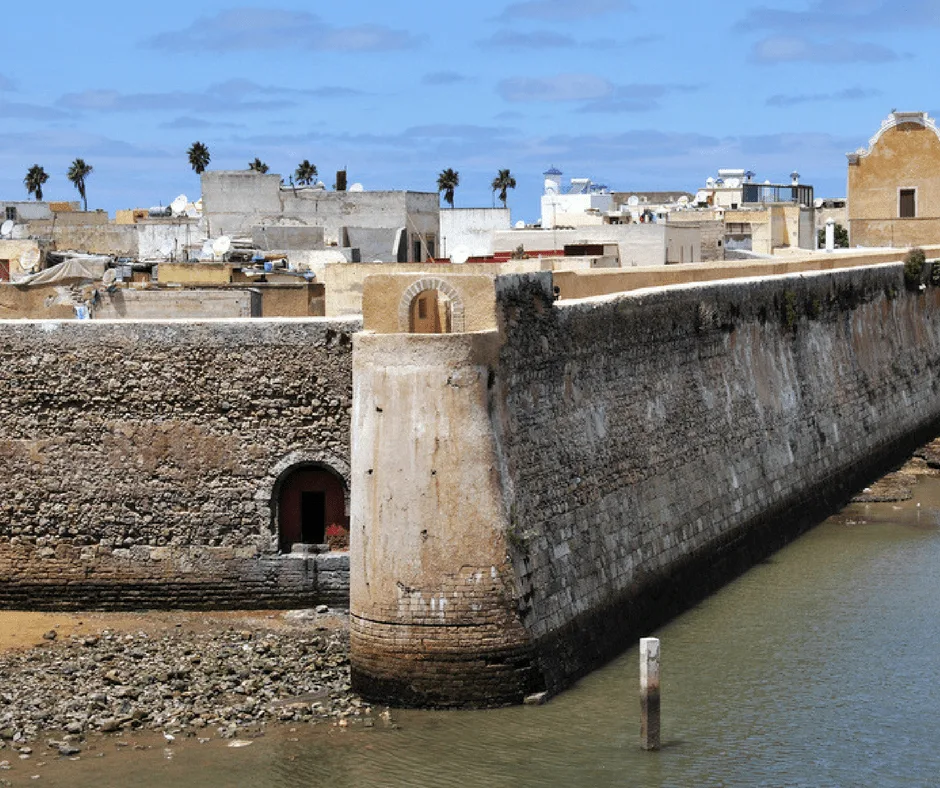
Morocco is recognized as the world’s largest producer and exporter of sardines.
The national costume of Morocco is called a “djellaba”. It is a unisex, one-piece coverall with a hood. Some have incredibly detailed and ornate needlework incorporated into them.
The port city of Agadir has multiple ports. There is a main trading port, two fishing ports, and a marina port for leisure boating.
For romantics visiting Morocco, be aware that, for them, the heart is not the ultimate symbol of love; it is the liver.
The approximate population of Morocco is 36 million. The majority of them live in the cities.
The official Moroccan currency is called the Dirham.
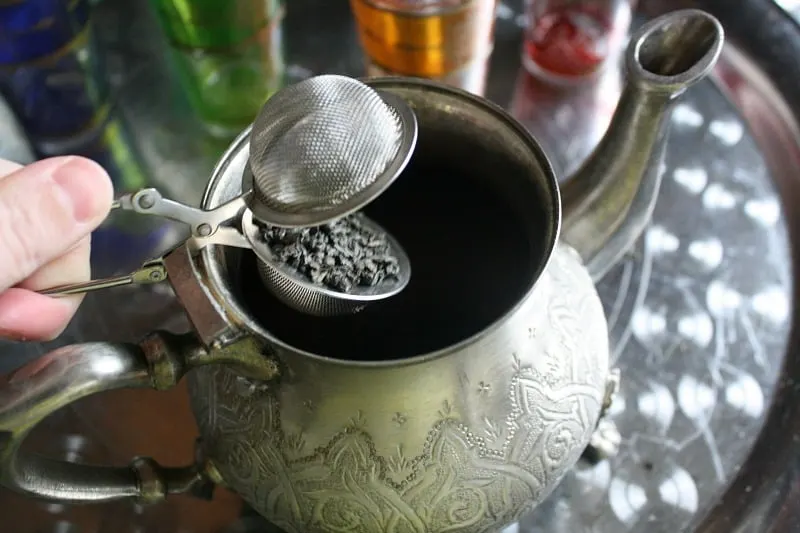
The most popular beverage, served with almost every meal, is green tea with mint. Tea became popular in the 19th century when some British merchant ships were stranded off the coast of Morocco. They had no choice but to offload their cargo of tea.
Every May in the Dades Valley they celebrate the annual rose harvest with The Festival of the Roses. The actual dates of the celebration vary, depending on the harvest itself.
There are 22 television channels available in Morocco. Some of the most popular programs are ones dealing with traditional cookery.
It’s not uncommon for older, Berber women to have numerous tattoos, usually covering their face and neck areas. This was originally a form of tribal identification.
The national motto of Morocco is “Allah, Al Watan, Al-Malik”. This translates into “God, Homeland, King”.
The term “Tajine” refers to a shallow covered ceramic cooking pot. The term is also used to refer to the food which is prepared in this unique pot, such as the delicious Moroccan beef (or lamb) tajine.
Although the Fez is a type of hat named for the Moroccan city, it was worn mostly by the Ottomans, who never came to power in Morocco.
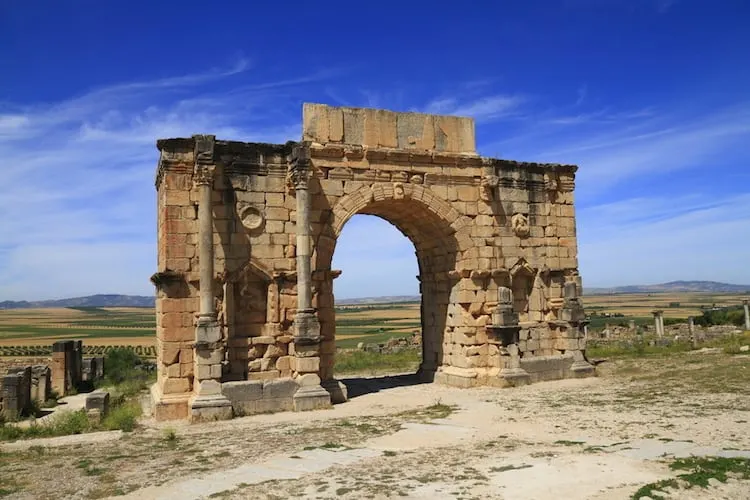
Archeological evidence indicates that Morocco has had a human presence since the Paleolithic era. This was at a time when the now-arid region was still a fertile savannah.
During America’s Revolutionary War, American merchant ships were being attacked by Barbary pirates. In December of 1777, the ruler of Morocco, Sultan Mohammed the Third, declared that these ships were now under his protection and should be given safe passage.
The chief landmark in the city of Casablanca is the world’s tallest minaret, rising 689 feet.
Recognized as the oldest city in Morocco, Tangier was occupied by the Phoenicians as early as 1600 BCE.
In 1999 a crude stone carving was found in a Moroccan river bed. Dated at between 300,000 and 500,000 years old, it is recognized as the earliest representation of the human form. It is known as the Venus of Tan-Tan.
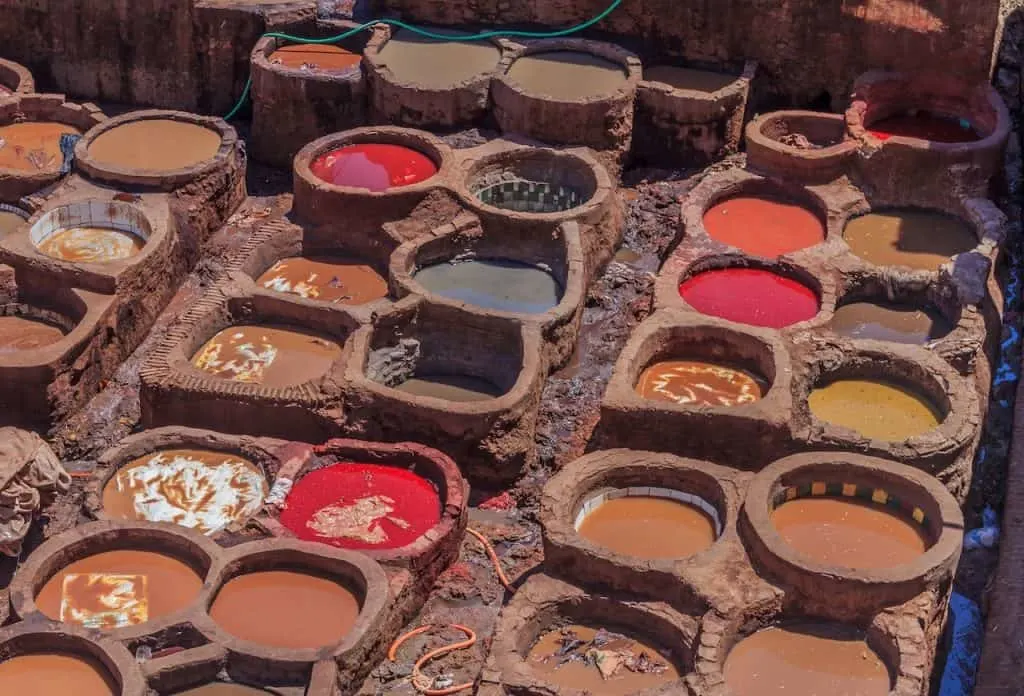
The Moroccan city of “Fez el-Bali” or “Old Fez” is the largest active medieval city in the world.
The rare Thuya wood, found only in Morocco and only around the western base of the Atlas Mountains, has been coveted since Roman times. Used as the dashboard in Rolls Royce automobiles, it has become a symbol of wealth.